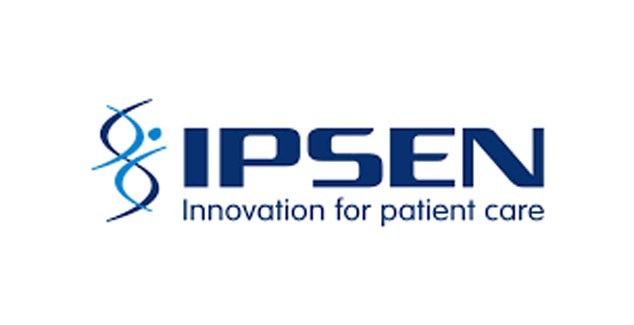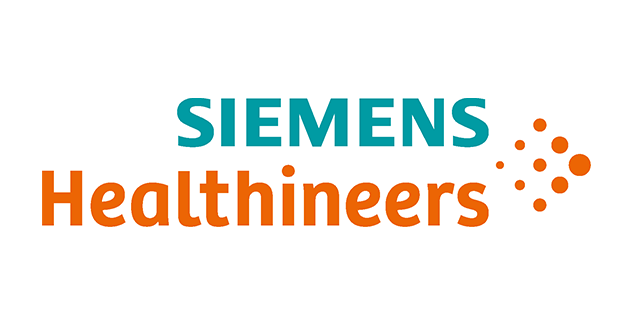Secondary prevention with a structured semi-interactive stroke prevention package in INDIA (SPRINT INDIA): a multicentre, randomised controlled trial
01 Mar 2023Published in Lancet Glob Health 2023;11: e425–35
Published in Lancet Glob Health 2023;11: e425–35
Background There is a high burden of stroke, including recurrent stroke, in India. We aimed to assess the effect of a structured semi-interactive stroke prevention package in patients with subacute stroke to reduce recurrent strokes, myocardial infarction, and death.
This was a multicentre, randomised, clinical trial conducted in 31 centres of the Indian Stroke Clinical Trial Network (INSTRuCT). Adult patients with first stroke and access to a mobile cellular device were randomly allocated (1:1) to intervention and control groups by the research coordinators at each centre using a central, in-house, web-based randomisation system. The participants and research coordinators at each centre were not masked to group assignment. The intervention group received regular short SMS messages and videos that promoted risk factor control and medication adherence and an educational workbook, in one of 12 languages, and the control group received standard care. The primary outcome was a composite of recurrent stroke, high-risk transient ischaemic attack, acute coronary syndrome, and death at 1 year. The outcome and safety analyses were done in the intention-to-treat population. The trial is registered with ClinicalTrials.gov, NCT03228979 and Clinical Trials Registry-India (CTRI/2017/09/009600) and was stopped for futility after interim analysis.
Between April 28, 2018, and Nov 30, 2021, 5640 patients were assessed for eligibility. 4298 patients were randomised to the intervention group (n=2148) or control group (n=2150). 620 patients were not followed up at 6 months and a further 595 patients were not followed up at 1 year because the trial was stopped for futility after interim analysis. 45 patients were lost to follow-up before 1 year. Acknowledgment of receipt of the SMS message and videos by the intervention group patients was low (17%). The primary outcome occurred in 119 (5·5%) of 2148 patients in the intervention group and 106 (4·9%) of 2150 patients in the control group (adjusted odds ratio 1·12; 95% CI 0·85–1·47; p=0·370). Among the secondary outcome measures, alcohol cessation and smoking cessation were higher in the intervention group than in the control group (alcohol cessation 231 [85%] of 272 in the intervention
group vs 255 [78%] of 326 in the control group; p=0·036; smoking cessation 202 [83%] vs 206 [75%]; p=0·035). Medication compliance was better in the intervention group than in the control group (1406 [93·6%] of 1502 vs 1379 [89·8%] of 1536; p<0·001). There was no significant difference between the two groups in other secondary
outcome measures at 1 year: blood pressure, fasting blood sugar (mg/dL), low-density lipoprotein cholesterol (mg/dL), and triglycerides (mg/dL), BMI, modified Rankin Scale, and physical activity. Interpretation A structured semi-interactive stroke prevention package did not reduce vascular events when compared with standard care. However, there was an improvement in some lifestyle behavioural factors, including adherence to medication, which might have long-term benefits. There was a possibility of type 2 error owing to reduced power
since there were fewer events and a high number of patients could not be followed up.
 Corporate Supporters
Corporate Supporters
 Corporate Supporters
Corporate Supporters
 Platinum Plus
Platinum Plus
 Platinum Plus
Platinum Plus
 Bronze
Bronze
 Silver
Silver
 Gold
Gold
 Silver
Silver
 Silver
Silver
 Bronze
Bronze
 Bronze
Bronze
 Bronze
Bronze
 Bronze
Bronze
 Silver
Silver